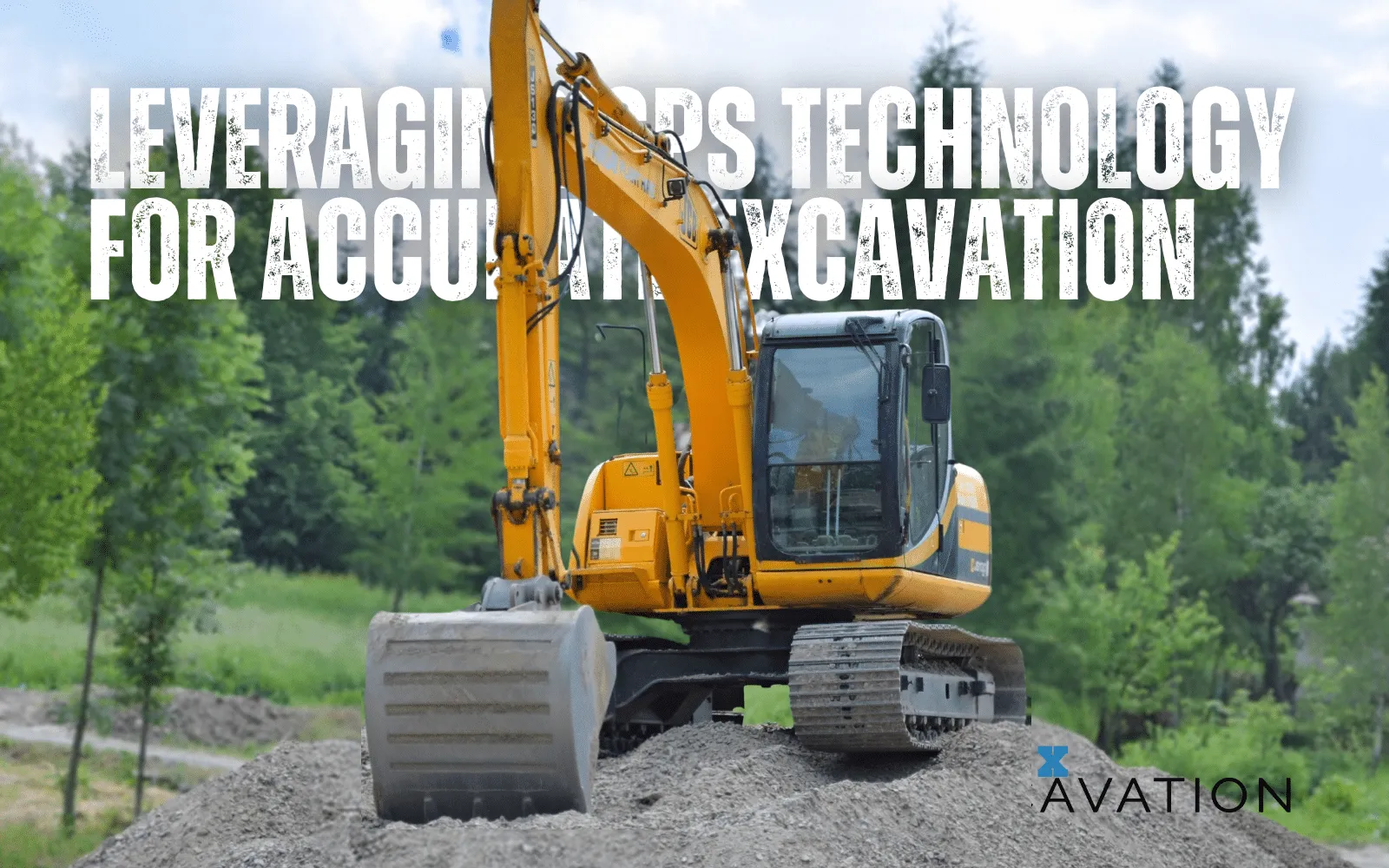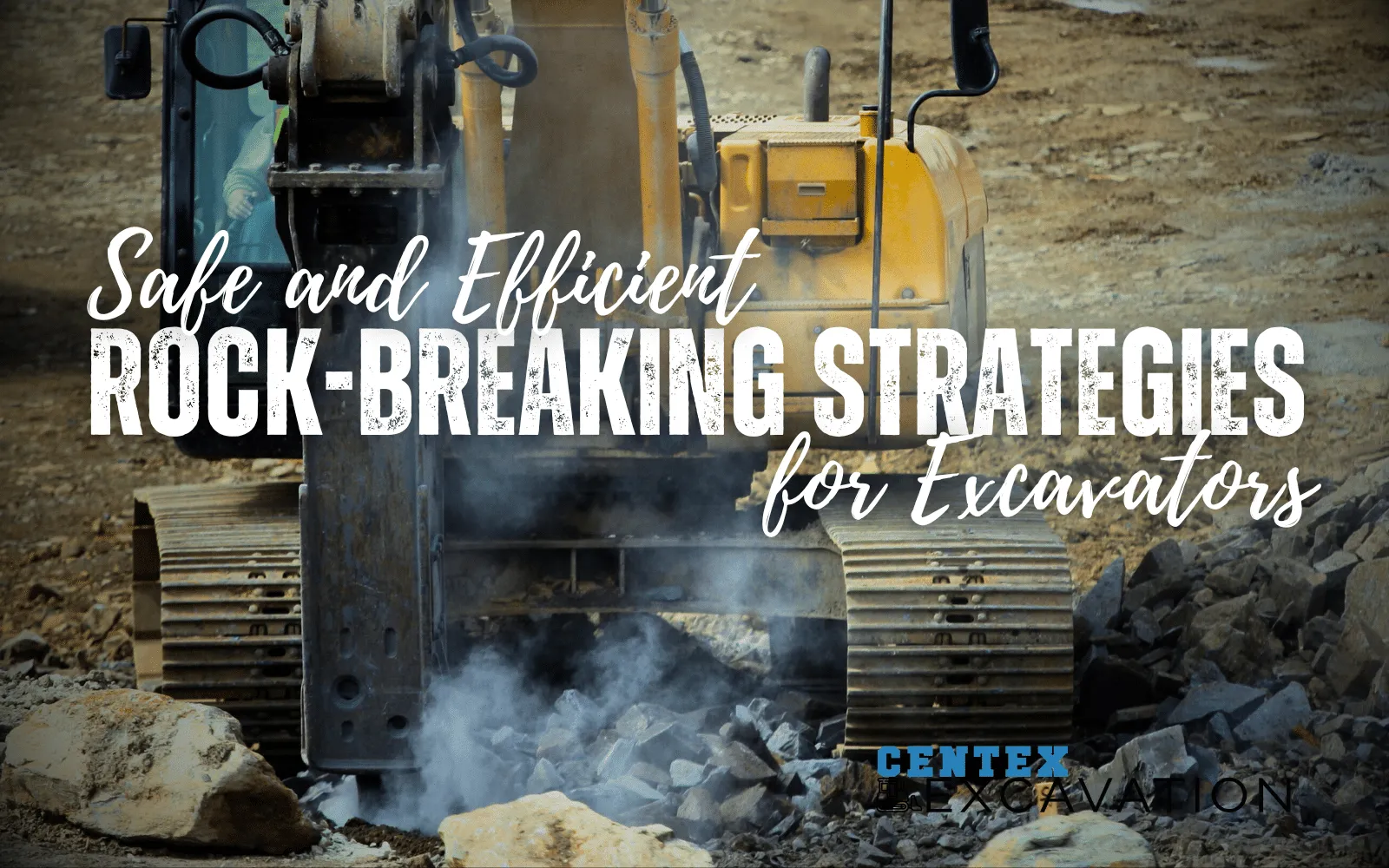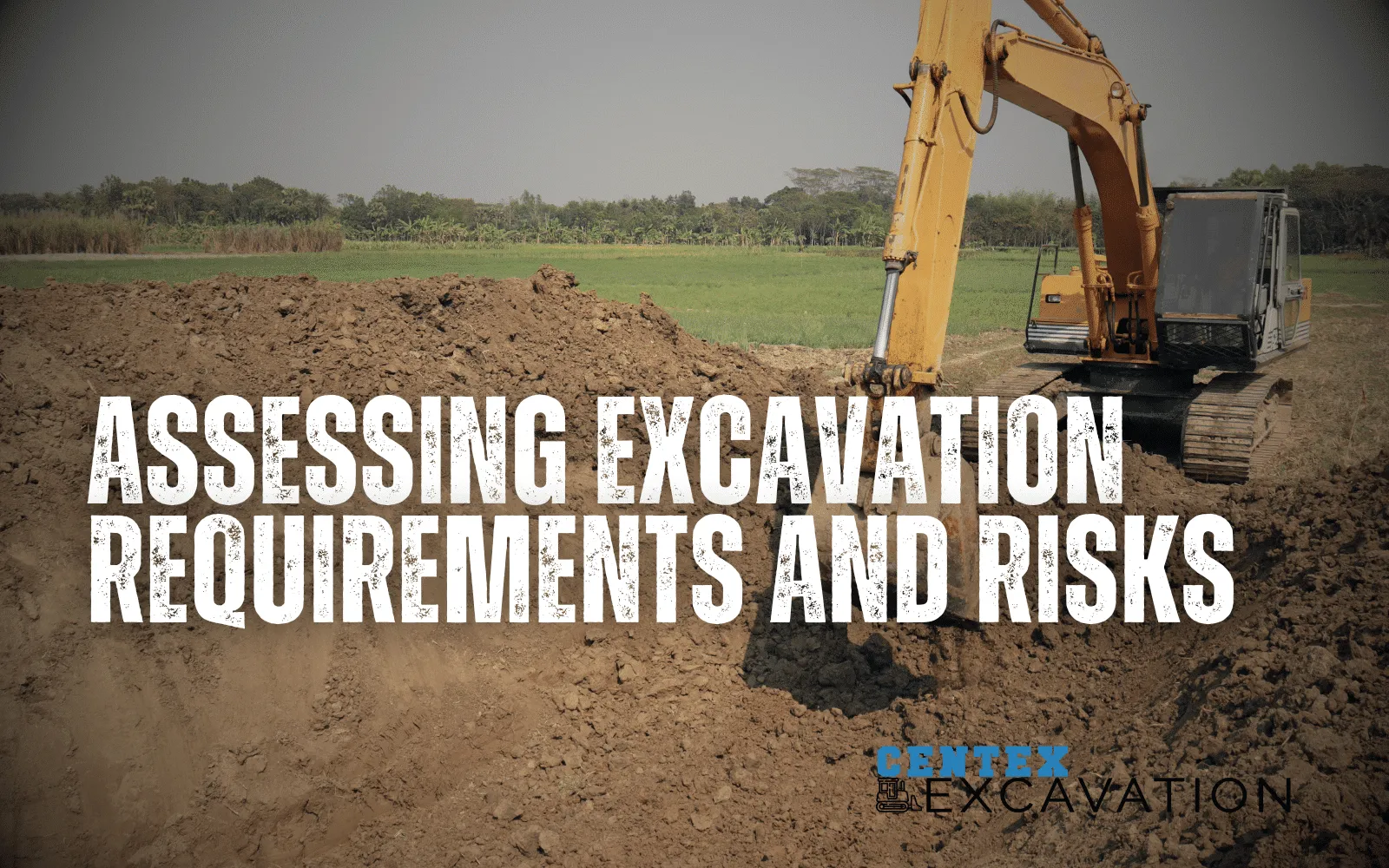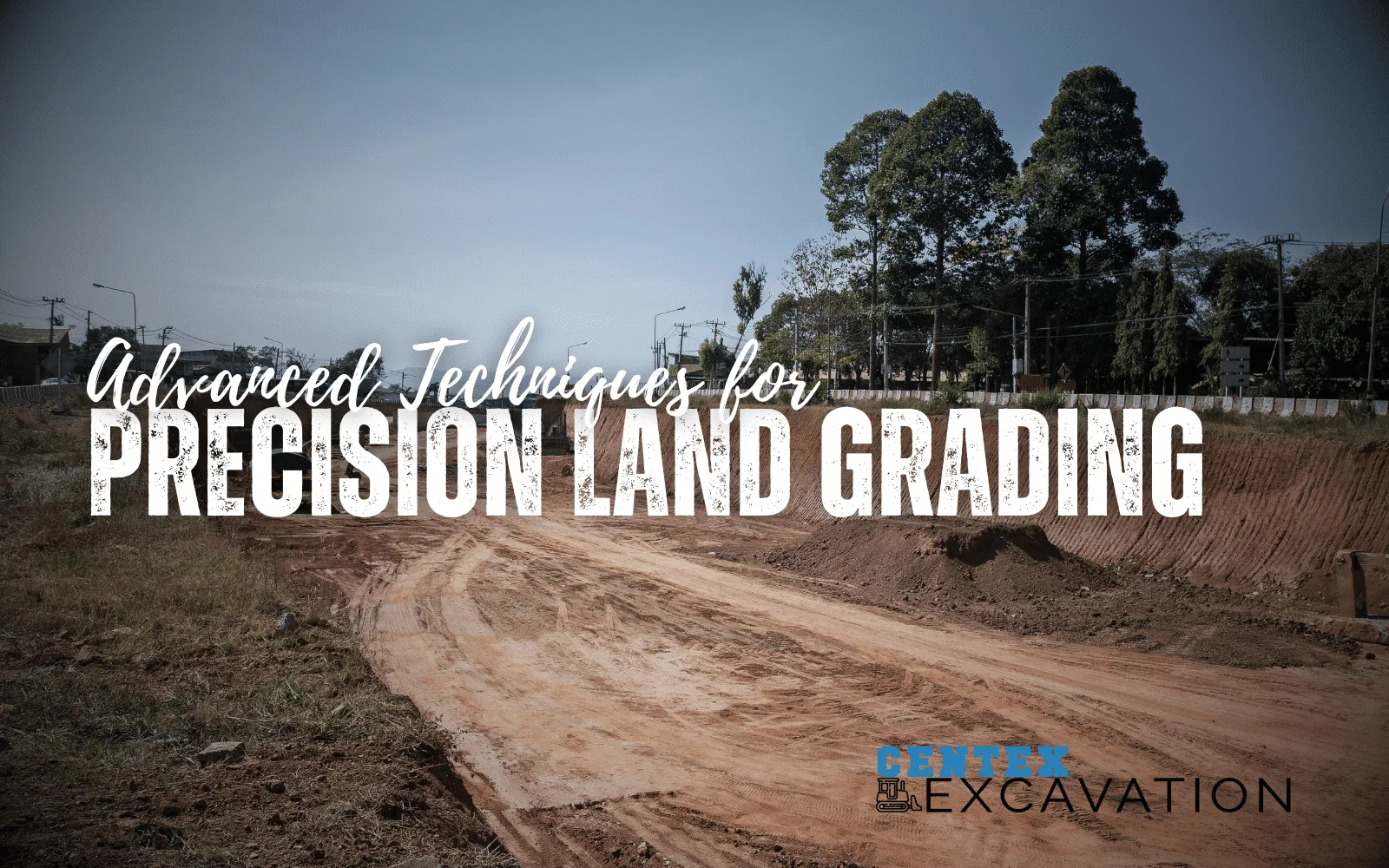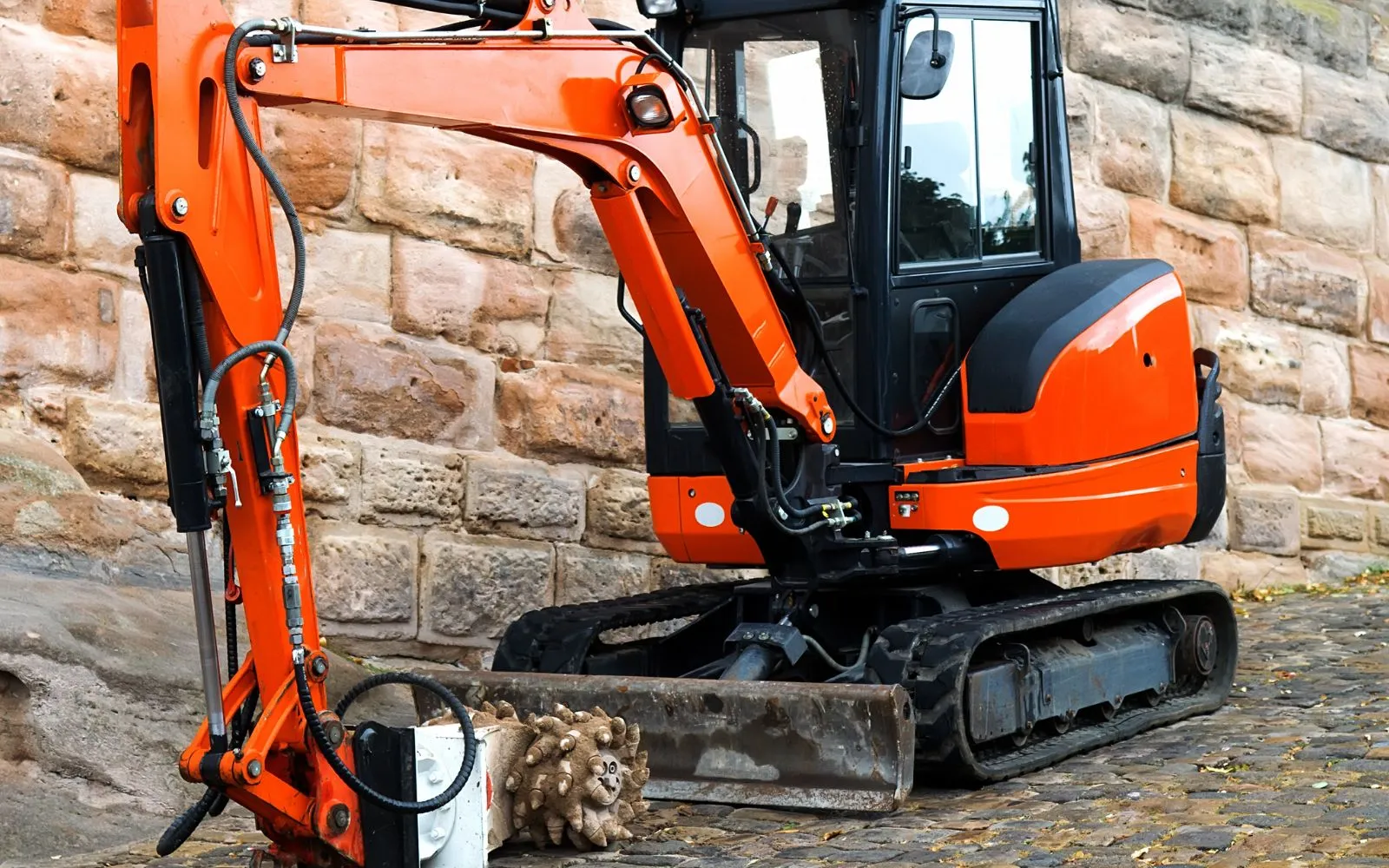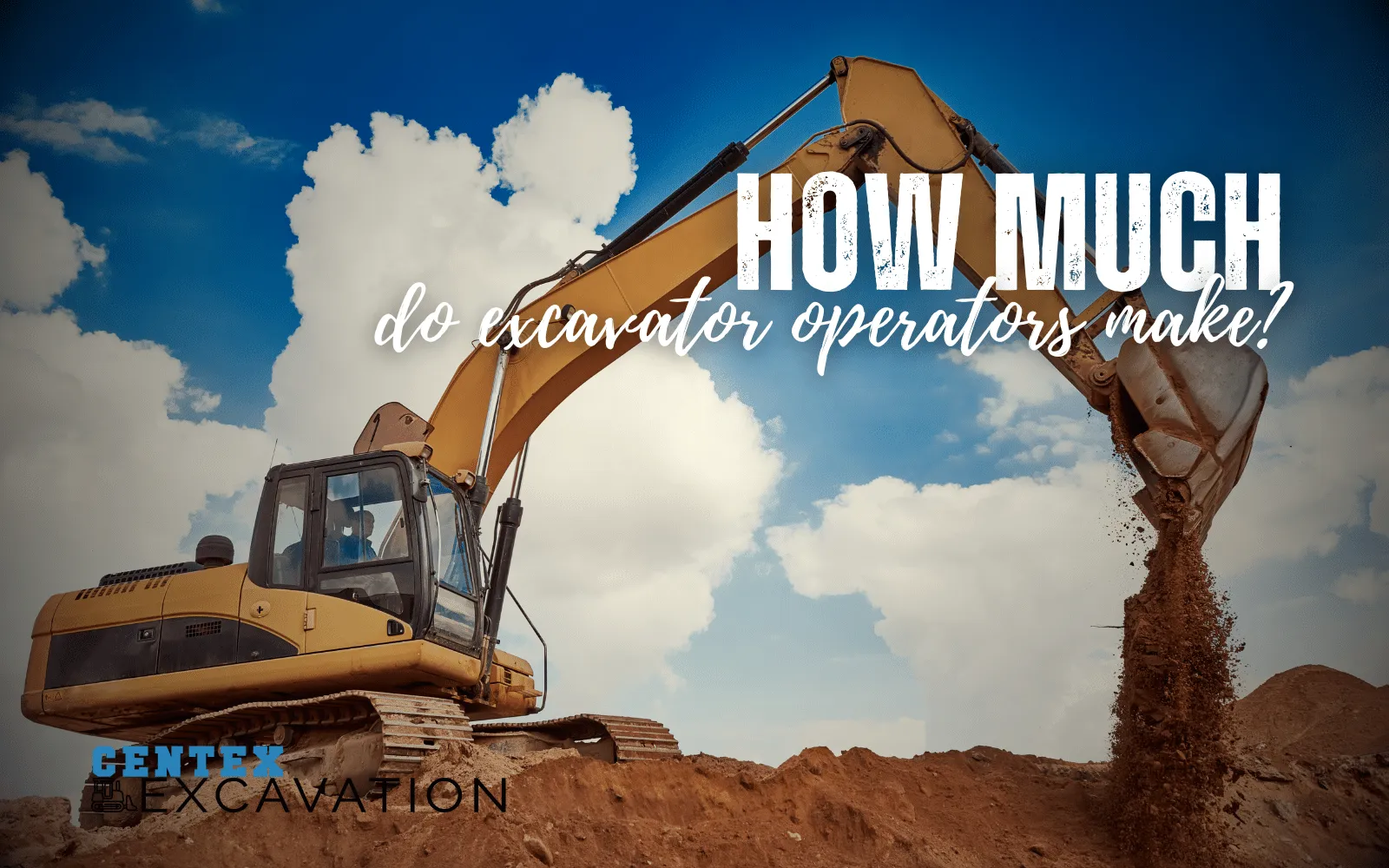The Science of Soil Compaction: Implications for Grading Projects

- Essential for Stability and Longevity: Soil compaction increases soil density, enhancing the load-bearing capacity and stability of the ground, which is crucial for the foundation of construction projects, roadways, and landscaping integrity.
- Dependent on Soil Type and Moisture Content: Achieving optimal soil compaction requires understanding the specific soil type and adjusting moisture content accordingly, as different soils respond uniquely to compaction efforts.
- Necessitates Rigorous Testing and Tailored Techniques: Effective soil compaction relies on rigorous testing, such as the Proctor Test, to determine optimal moisture content and density, and the selection of appropriate compaction equipment tailored to the project’s specific soil conditions.
Soil compaction, a critical process in the construction industry and land management, directly impacts the stability and longevity of any grading project. This phenomenon, while often overlooked, holds the key to understanding how land can be effectively prepared for construction, agriculture, or landscaping.
What is soil compaction?
At its core, soil compaction refers to the process of increasing soil density by reducing the air gaps between soil particles. It seems pretty straightforward, right?
This is achieved through mechanical means such as rolling, pressing, or vibrating. The primary goal is to enhance the soil's load-bearing capacity, making it more stable for construction purposes or more resilient against erosion for agricultural use.
However, achieving the right level of compaction is a delicate balance – too little can lead to unstable foundations, while too much can impede water infiltration and root growth. There are a lot of considerations when it comes to how much soil compaction is the right amount.
The pivotal role in grading projects.
Grading projects stand at the forefront of construction and development, critical to reshaping the earth's surface to meet specific design criteria.
This task is not just about moving soil from one place to another; it's an intricate dance with the laws of physics and geology, aiming to achieve a shape or slope that's aesthetically pleasing and structurally sound.
At the heart of this process is the science of soil compaction—a fundamental aspect that ensures the longevity and durability of the project.
Understanding soil compaction.
The importance of this process cannot be overstated, as it directly impacts the future stability of the constructed structure or landscaped area. Here's why it's so crucial—
- Foundation stability. Proper compaction provides a solid base for building foundations, minimizing the risk of future settlement. This is essential to prevent the building from sinking or tilting over time.
- Roadway durability. In roadway construction, a well-compacted base is key to withstanding the constant pressure from vehicular traffic without deforming.
- Landscaping integrity. For landscaping projects, compaction ensures that surfaces remain even and free from unexpected settlements that could disrupt the designed aesthetic.
I'm sure you can find more applicable reasons for your projects, but this should give you an idea of its importance.
Key factors for successful soil compaction.
To achieve the desired level of density, several critical factors must be considered. Before any project, we tend to look at three main areas.
- Soil type identification. Different soils have unique characteristics and respond differently to compaction efforts. Identifying the soil type is the first step in determining the appropriate compaction method.
- Compaction equipment selection. The choice of equipment varies based on the soil type and the project scale. From hand-operated tampers to heavy rollers, selecting the right tool is pivotal.
- Moisture content optimization. Soil moisture significantly affects compaction efficiency. Too much or too little moisture can hinder the compaction process, so achieving the optimal moisture level is key.
So, how do you know if you have adequate soil compaction for your construction project? We test!
Testing and techniques for ensuring success.
As we really get into the practical aspects of soil compaction, it becomes clear that the success of any grading project hinges on meticulous testing and the application of appropriate techniques.
In this stage, science meets application, ensuring that the theoretical understanding of soil compaction translates into tangible, stable, and durable results.
Rigorous Testing: The Backbone of Effective Compaction
Testing is not just a formality; it's the backbone of adequate compaction, providing the data needed to make informed decisions throughout the project lifecycle. We always like to use two tests—
- The Proctor Test. A cornerstone in soil compaction, the Proctor Test helps define the optimal moisture content at which a soil type will achieve its maximum density. This test is crucial for establishing a baseline for compaction efforts.
- Density gauges and penetrometers. Field tests play a vital role in real-time assessment. Tools like nuclear density gauges and penetrometers offer immediate insights into the soil's compacted density and strength. These instruments allow teams to adjust their strategies on the fly, ensuring that compaction meets the project's specifications.
Tailored techniques for diverse soil types.
Understanding that each soil type has unique characteristics is paramount in choosing the proper compaction technique. This nuanced approach ensures that the desired outcome is achieved and optimized for longevity and stability.
- Heavy rollers for large areas. Heavy rollers are the go-to for efficiently compacting large volumes of soil for expansive, open spaces. This method is especially effective for foundational work in construction and roadway projects.
- Plate compactors for precision work. When the project demands precision, such as in landscaping or around structures, plate compactors offer the control needed to achieve uniform compaction in tight spaces.
- Customized approaches for varied soils. The strategy shifts significantly with the soil type. Sandy soils, for instance, compact best under vibratory force, while clayey soils respond well to static pressure. Adapting the technique to the soil's response is key to achieving the ideal compaction level.
The importance of experience and expertise.
Behind every successful compaction effort is a team of experienced professionals who understand the intricacies of soil behavior and compaction technology.
Their expertise allows them to interpret testing data accurately, choose the correct equipment, and apply the most effective techniques for each unique project scenario.
You might not be a pro out of the gates; however, the more projects you have under your belt with compacting the soil, the better off you'll be.
Soil compaction done right!
The science of soil compaction plays a pivotal role in the success of grading projects, influencing the durability of structures and the health of landscapes.
By applying thorough testing and appropriate techniques, professionals can optimize soil properties to meet project requirements while minimizing environmental impacts.
Understanding the nuances of soil density empowers project managers, engineers, and agriculturists to build with confidence, ensuring that their work stands the test of time and nature.

